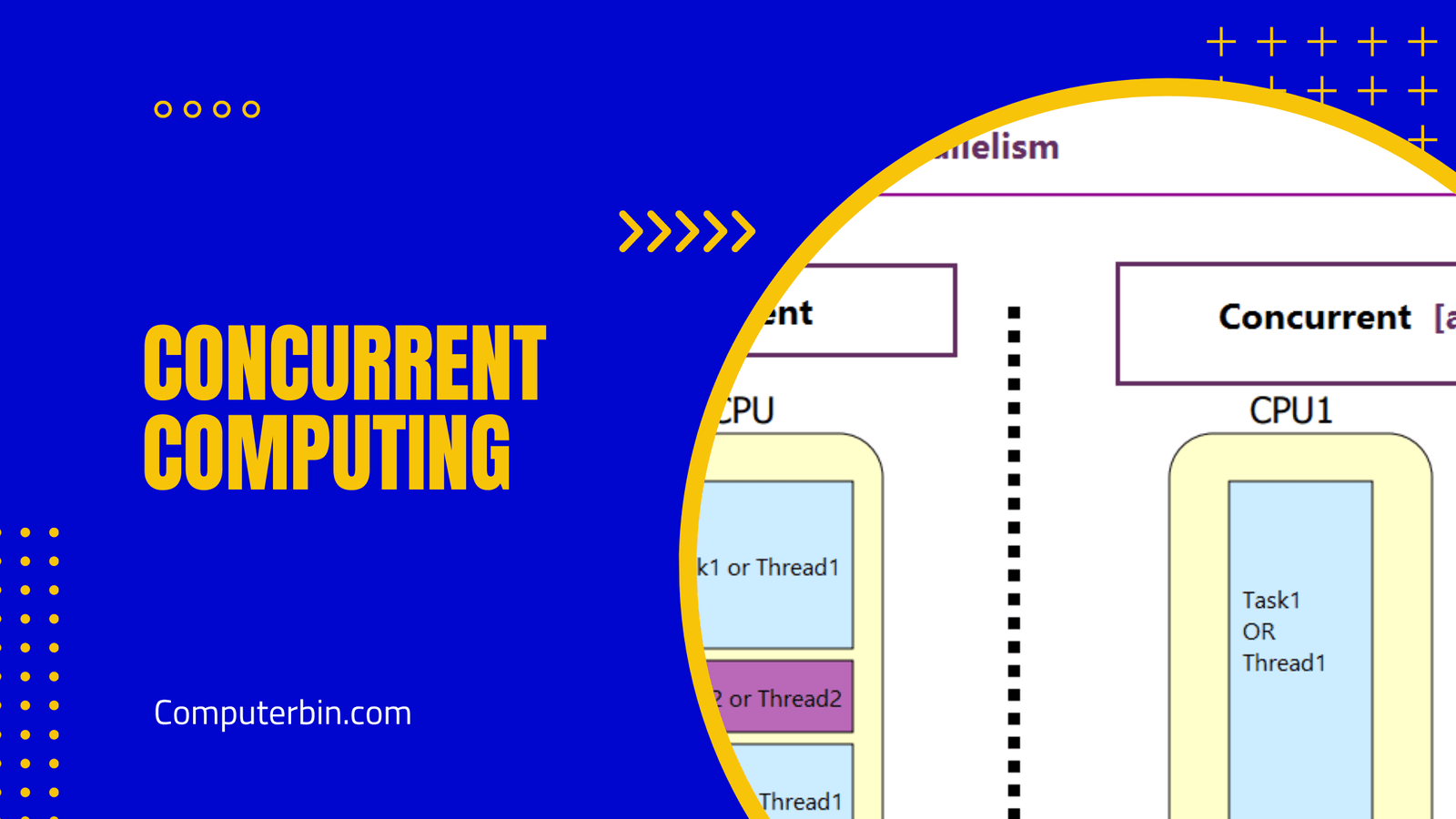Ball grid array (BGA) is a type of packaging technology commonly used in computer processors and other electronic components. This surface mount method allows components to be attached directly onto a circuit board rather than through holes, providing better accessibility for maintenance and repairs.
A BGA package is an electrical connection between a component and its circuit board made up of small balls of solder arranged in a grid pattern on the bottom. When placed onto the board, these balls are reflowed – or melted – to form an impermeable seal between them.
One major benefit of BGA packaging is that it allows for smaller, more compact components. This is because the balls of solder can be placed much closer together than pins used in other types of packaging, like Pin Grid Array (PGA). This provides more functionality and higher performance within a smaller area than other forms of packaging do.
BGA packaging is also more reliable than other types of packaging, as its balls of solder are more resistant to mechanical stress and have a lower risk for failure due to vibration or temperature changes.
However, BGA packaging may be more challenging to repair or replace than other types of packaging due to the balls of solder that must be carefully reflowed in order to remove or replace a component. This requires specialized equipment and expertise, making repairs or replacements costlier.
Overall, BGA packaging is an important technology in computer processors and other electronic components as it enables smaller, more reliable components with superior performance.





